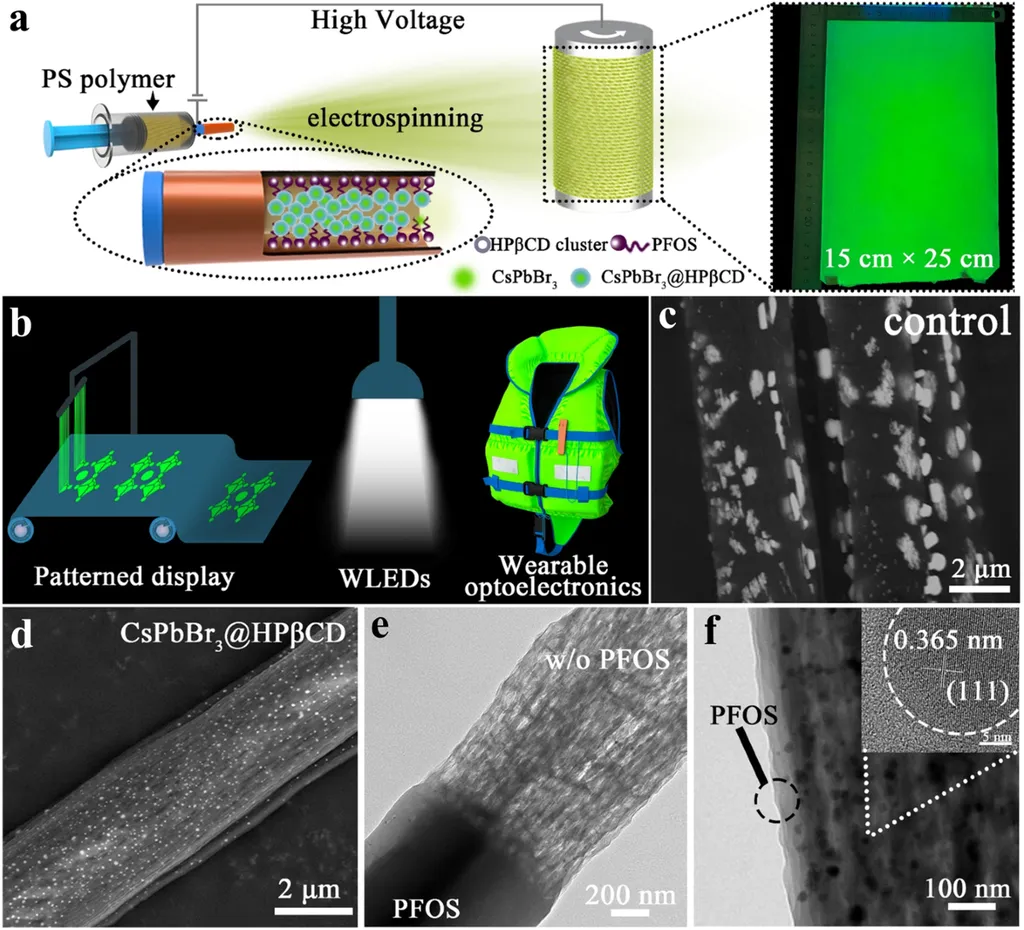In the ever-evolving landscape of materials science, a groundbreaking review published in *Responsive Materials* (translated from Chinese as “响应材料”) is shedding light on a class of materials that could revolutionize the energy sector and beyond. Led by Yali Zhou from Guangzhou University’s School of Chemistry and Chemical Engineering, the research delves into the fascinating world of metal halide perovskites, exploring their stimuli-responsive luminescence and potential applications.
Metal halide perovskites have long been recognized for their solution processability and high luminescent efficiency, making them attractive for optoelectronic applications. However, their sensitivity to the environment has posed challenges. “This sensitivity, a consequence of their ionic nature and low formation energy, is a double-edged sword,” explains Zhou. “While it presents obstacles, it also opens up a range of luminescent responses to different stimuli, positioning these materials as a novel class of responsive materials.”
The review elucidates the flexible and diverse luminescence responses in metal halide perovskites, highlighting their significance for future information-related applications. These materials can change their luminescence color, intensity, and lifetime in response to various stimuli, making them ideal for sensing, anti-counterfeiting, and information encryption.
One of the most compelling aspects of this research is its potential impact on the energy sector. The ability to control and manipulate luminescence could lead to advancements in energy-efficient lighting, displays, and even solar cells. “The versatility of these materials is truly remarkable,” says Zhou. “Their stimuli-responsive properties could pave the way for innovative solutions in energy harvesting and conversion.”
The review also discusses the challenges that lie ahead, providing perspectives on the future development of this exciting field. As the world continues to seek sustainable and efficient energy solutions, the insights from this research could be instrumental in shaping the future of materials science and technology.
In the words of Zhou, “The journey is just beginning, but the potential is immense. We are standing on the brink of a new era in responsive materials, and the possibilities are as vast as they are exciting.” As the energy sector continues to evolve, the work of Zhou and their team could illuminate the path forward, driving innovation and progress in the years to come.

